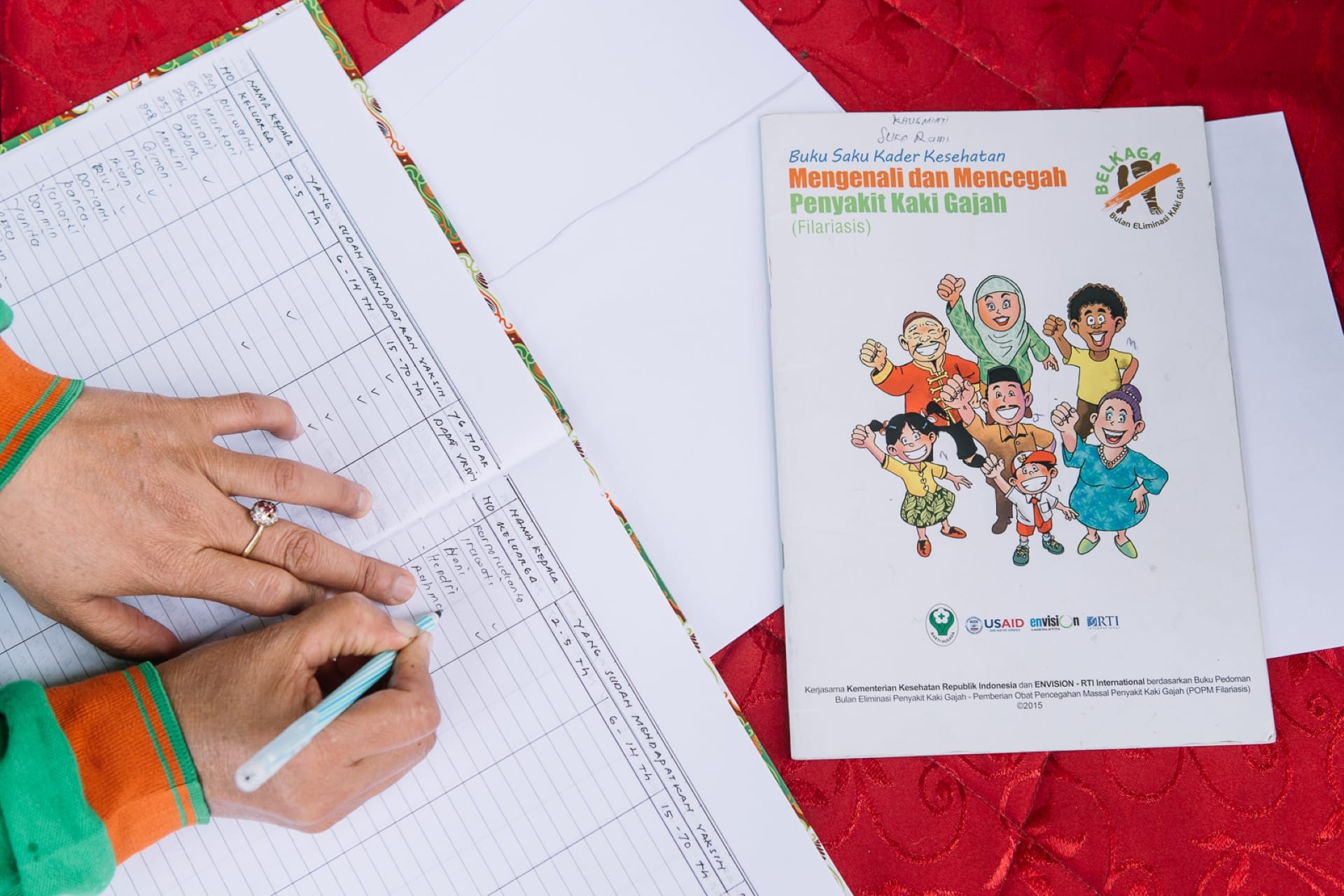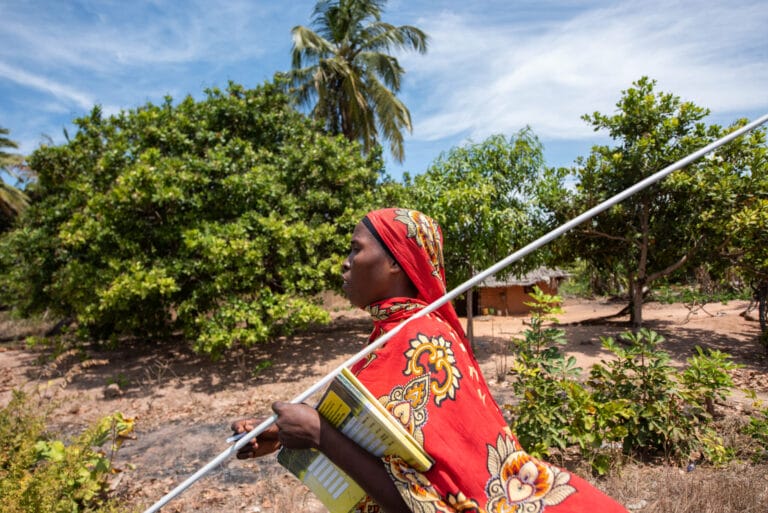How is genomics being used to tackle neglected tropical diseases?

Neglected tropical diseases are a group of 20 conditions that are most common in tropical regions of the world and mainly affect people already living in poverty.
We know very little about the biology of many of these diseases – but thanks to genomics, scientists are gaining new insights into these conditions and developing new ways to prevent and treat them.
This is part 1 in our series looking at how genomics is being used to tackle neglected tropical diseases.
- The World Health Organization (WHO) classifies 20 conditions as a ‘neglected tropical disease’, including leprosy, African sleeping sickness and rabies.
- Collectively, they affect more than 1 billion people around the world each year, and disproportionately affect women and children from impoverished communities.
- Genomics is playing a key role in helping to tackle neglected tropical diseases, contributing to the WHO’s ambition to end suffering from these conditions by 2030.
Key terms
Parasite
An organism that lives in or on another organism (the host) and benefits at the expense of their host.
Genome
The complete set of genetic instructions required to build and maintain an organism.
What are neglected tropical diseases?
The World Health Organization (WHO) characterises neglected tropical diseases as a diverse group of 20 conditions that are mainly prevalent in tropical areas, where they affect more than 1 billion people who live in impoverished communities.
Neglected tropical diseases cost developing economics billions of dollars each year and trap people in a cycle of poverty. This is because people in poverty are less likely to have access to clean water so are more vulnerable to these conditions – which, in turn, cause lasting health challenges including pain and disability, preventing children from going to school and adults from going to work.
All neglected tropical diseases are complex, and most are related to environmental conditions. Many of them have complex life cycles spread across different organism hosts. This has all made it difficult to research and control these conditions.
They’re called ‘neglected’ because they’ve long been almost absent from the global health and research agendas.

What are the 20 neglected tropical diseases?
| Type of organism | Neglected tropical disease |
|---|---|
| Protozoa: single-celled eukaryotic (cells that have a nucleus) microorganisms | Chagas disease (American trypanosomiasis) Sleeping sickness (African trypanosomiasis) Leishmaniasis |
| Bacteria: single-celled prokaryotic (cells that don’t have a nucleus) microorganisms | Buruli ulcer Leprosy Trachoma Yaws and other endemic treponematoses |
| Helminths (parasitic worms) | Tapeworm (taeniasis/cysticercosis) Guinea worm disease (dracunculiasis) Echinococcosis Foodborne trematodiases Lymphatic filariasis River blindness (Onchocerciasis) Schistosomiasis Nematodes |
| Viruses | Dengue and chikungunya Rabies |
| Fungi | Mycetoma, chromoblastomycosis and other deep mycoses |
| Other | Scabies and other ectoparasitoses (caused by mites) Snakebite envenoming (caused by a venomous snakebite) Podoconiosis (tropical lymphedema caused by irritation to red clay soils) |
How are neglected tropical diseases being tackled?
In 2021, the World Health Organization launched a new plan (called a ‘road map’), aiming to end suffering from neglected tropical diseases by 2030. By following this plan, as of 2023, 50 countries around the world have successfully eliminated at least one neglected tropical disease from circulation in their population.
Addressing the challenge of neglected tropical diseases requires new ways to prevent, diagnose and treat these conditions. Genomics is playing a critical role in helping to eliminate neglected tropical diseases, by improving and deepening our understanding of the diseases themselves.
For example, the genomes of many of the organisms that cause neglected tropical diseases have either been fully sequenced or are currently being sequenced. This is the first step to understanding how these organisms live, grow and cause disease – and eventually lead to the development of new and targeted medicines to help eradicate the parasites and the diseases they cause.
